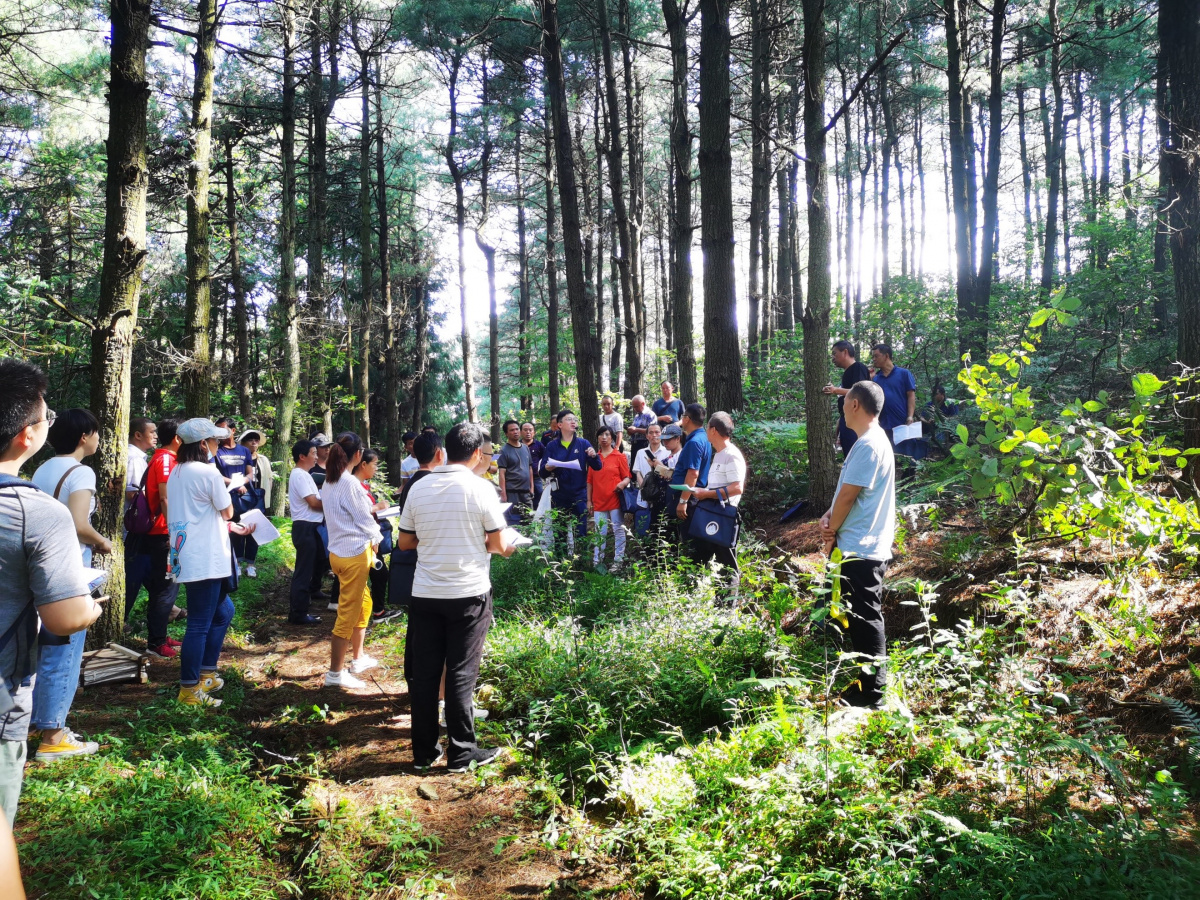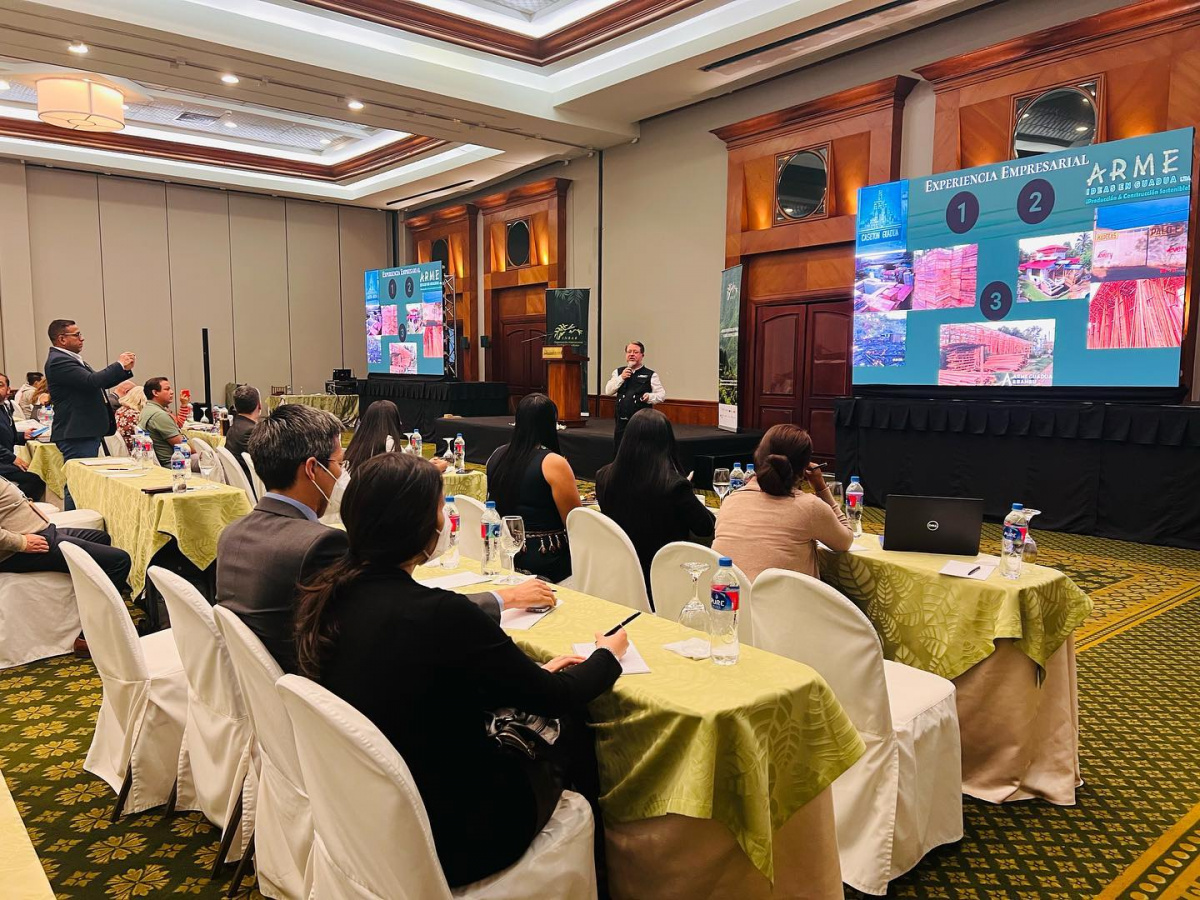The Restoration Initiative: A China story
Enhancing the health and services of China’s state forest farms through forest landscape restoration

Photo: TRI China
Not all forests are the same. Anyone who has experienced the sights and sounds of an old- growth forest – what is also called a “primary forest” – with its abundance of plants, animals, and rich soils, knows they are special places, places of wonder. Scientists who study forests tell us that primary forests provide more ecosystem services than younger forests.
They store more carbon, offer more resilience against disease and pests and other shocks, and provide unique habitat for many threatened species. Moreover, the strengths and qualities of primary forests come not only from the age of the constituent trees, plants and soils, but also from the diversity of the trees themselves. Primary forests have a richer diversity of tree species as well as within-species genetic diversity, and this diversity gives rise to diversity in the other plants and animals that comprise the forest ecosystem.
The lessons of primary forests are applicable to so-called “production forests” – forests where trees are grown and harvested for timber or used for other purposes. Often, these types of forests are planted with just one or two species of value for commercial timber production, with the intention of maximizing the amount of timber that can be harvested. However, experience has shown that forests managed in this way are particularly susceptible to disease and other shocks, and importantly, they deliver a much narrower range of ecosystem services than forests managed to more closely resemble primary forests.
Such has been the experience of China, where a huge expanse of land – some 8 percent of China’s total land mass – has been devoted to SFFs. In these SFFs, afforestation, planting of trees on land where there was no prior tree coverage, and reforestation, planting of trees on existing forest lands that have been depleted through harvesting, has been done largely using only a few tree species. While these practices have contributed to a significant expansion in the country’s forest cover – an 81 percent increase in forest area over the past few decades – these forests have by and large failed to provide a more diverse set of needed ecosystem services. And with climate change expected to bring increased stressors including more frequent occurrences of drought, heat, and pest infestations, there is concern that these SFFs will be at high risk of decline.
New management approaches incorporating FLR
With these challenges in mind TRI China has been working to support government partners in instituting an ambitious set of measures to transform the management of SFFs and improve their health and provision of ecosystem services. Working at three different sites and in seven SFFs, partners are taking the principles and best practices of FLR and using them to develop new management plans that call for increased diversity in cultivated trees, along with silviculture and other practices that generate a broader set of ecosystem services.
One example of this shift can be seen in Huangtuliangzi SFF, which lies to the northwest of Beijing and plays an important role in reducing the effects of desert sandstorms on Beijing. Under the new management plans, this pilot SFF will be managed to deliver a wider set of services, including water and soil conservation, production of edible mushrooms, and tourism through enhanced access and improvements to a forest park within the SFF. To achieve these objectives, the SFF has been divided into different zones depending upon the landscape and differences in micro-climate (e.g. the abundance of rainfall, soil composition and elevation), and a much wider variety of planted trees and shrubs will be cultivated depending upon their suitability to the local environment.
From reluctant participants to active partners in FLR
While some SFF managers and staff were initially hesitant and a bit sceptical of the feasibility and benefits of changing the SFF management plans, they were eventually won over.
As TRI Project Manager Liu Jing says, “We were pleasantly surprised and proud of the changes carried out by SFF staff. During the FLR learning process, the SFF technicians seemed confused and silent at first. But after a year of partnership, they moved from simply absorbing the information on FLR to actively participating in the development of the new SFF management plans and providing many valuable ideas along the way. In addition, some staff have taken the lead in promoting and sharing their experiences with other SFF practitioners. This is a valuable contribution – one we hope to expand upon further in the months to come.”
“We have learned a lot through the project,” said Chi Mingfeng, Director of Huangtuliangzi SFF. “The main indicators of SFF management in the past were forest growth and coverage. Now we have learned new techniques, including how to monitor and effectively address soil erosion, surface run-off, oxygen levels in water, habitat fragmentation, and more. The most interesting thing is using digital simulation to predict the future growth of forests under different management models, which is really helpful.”
This story is from TRI Year in Review 2020



